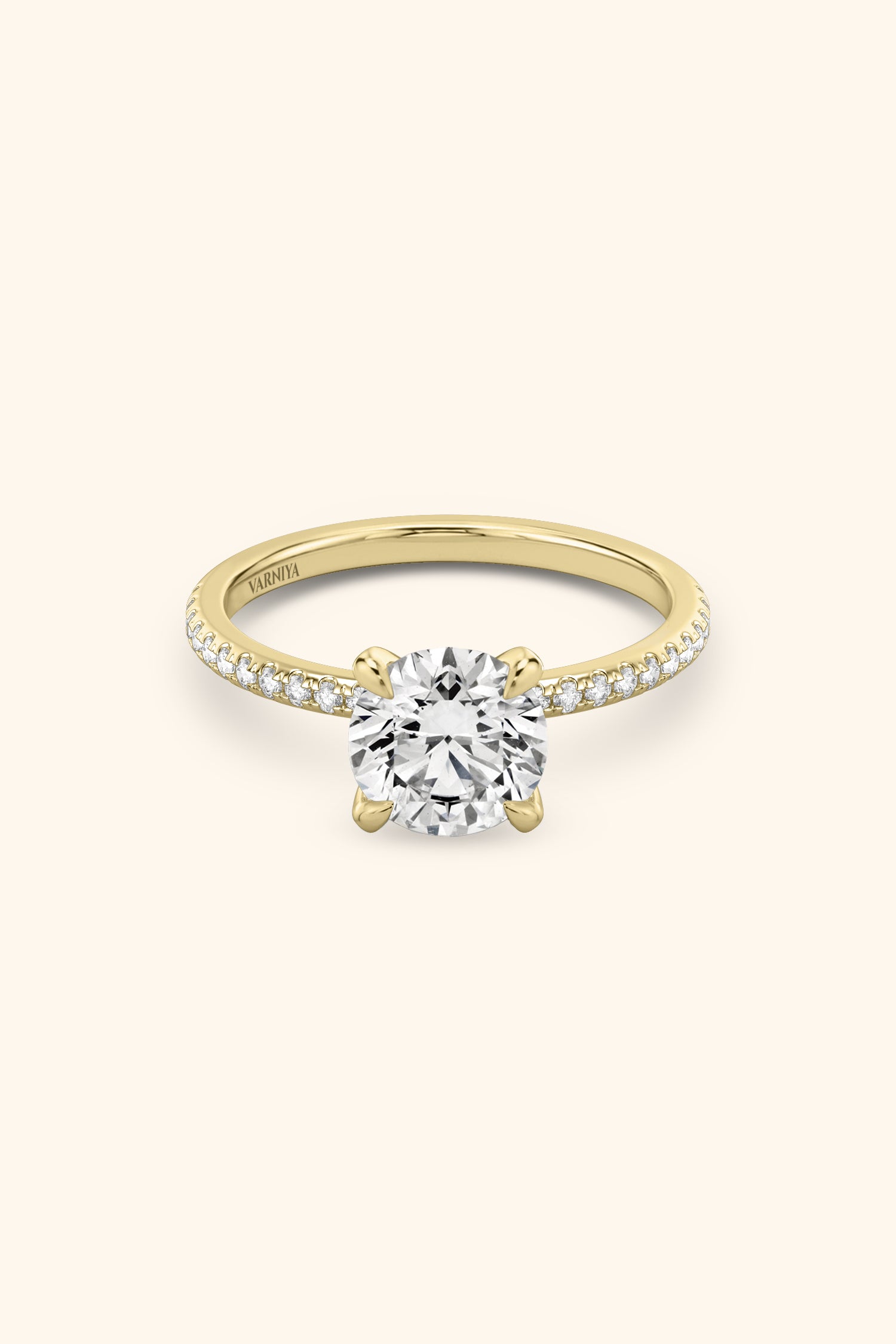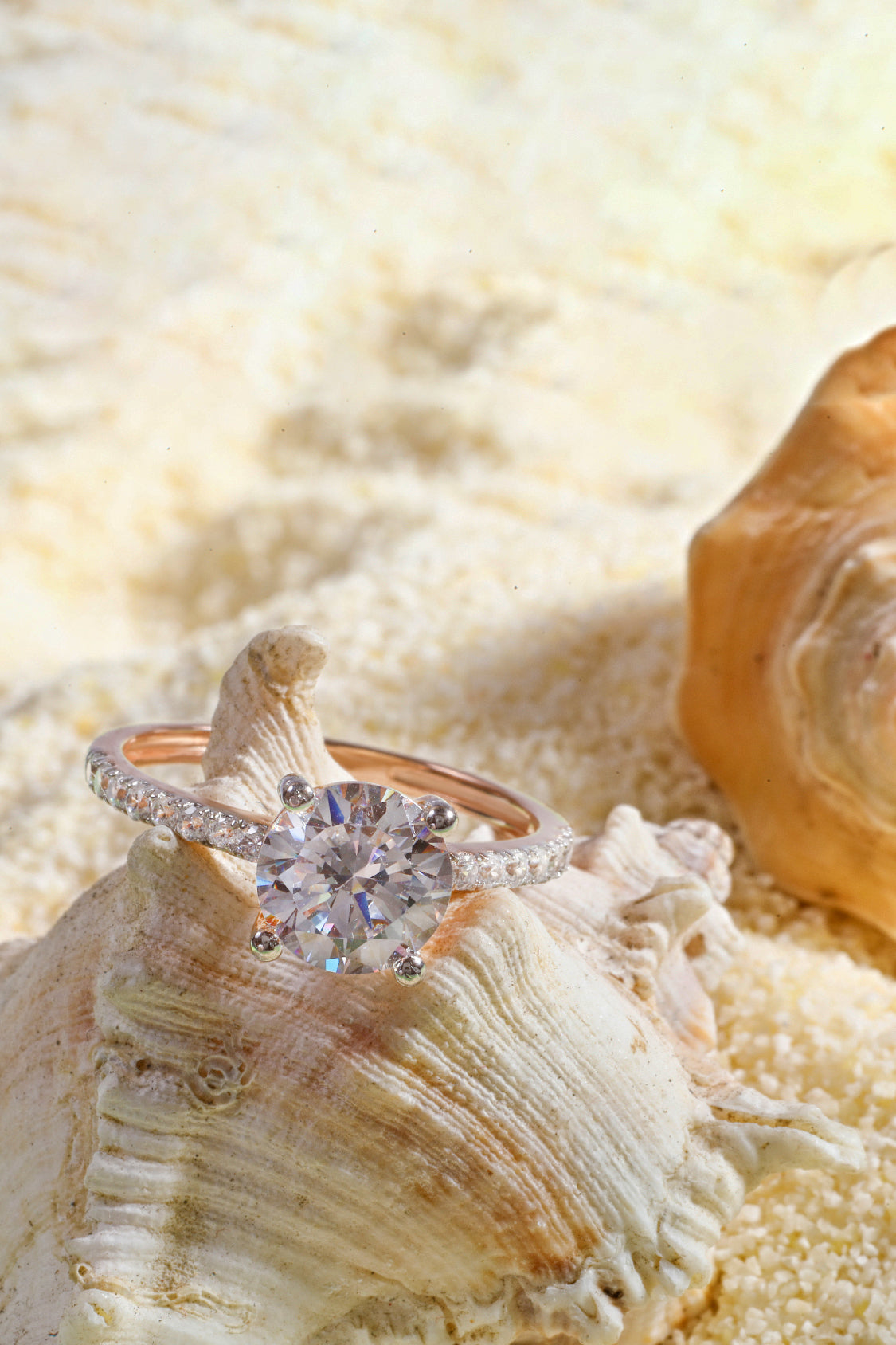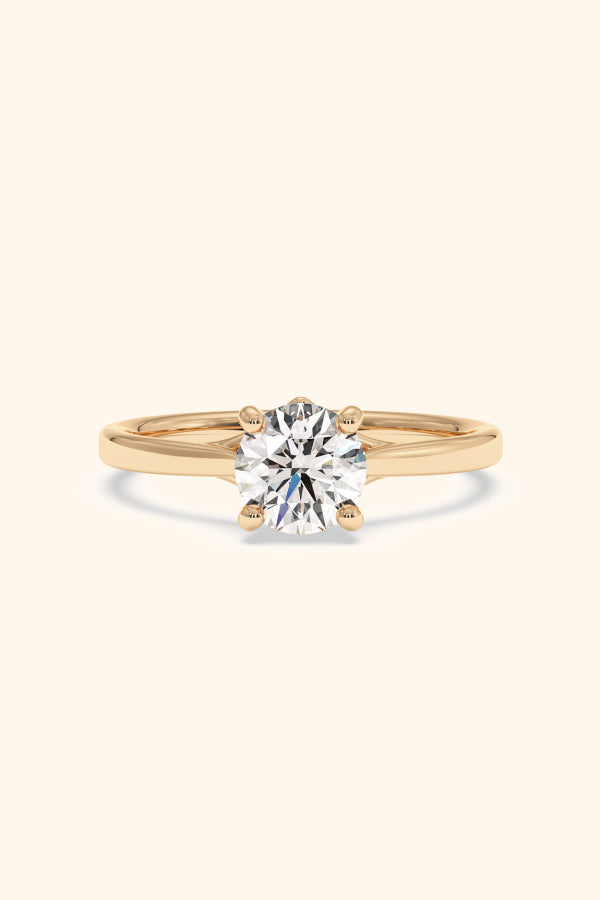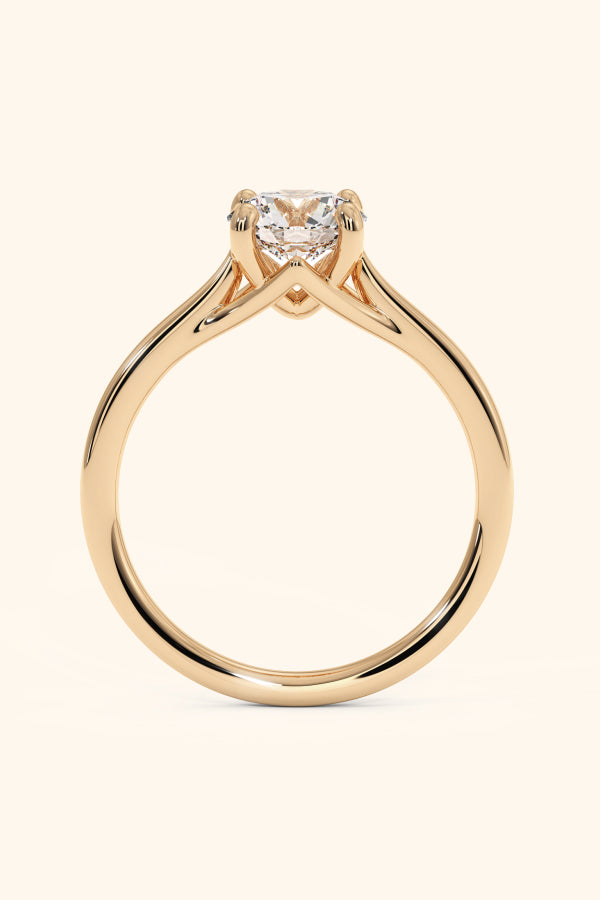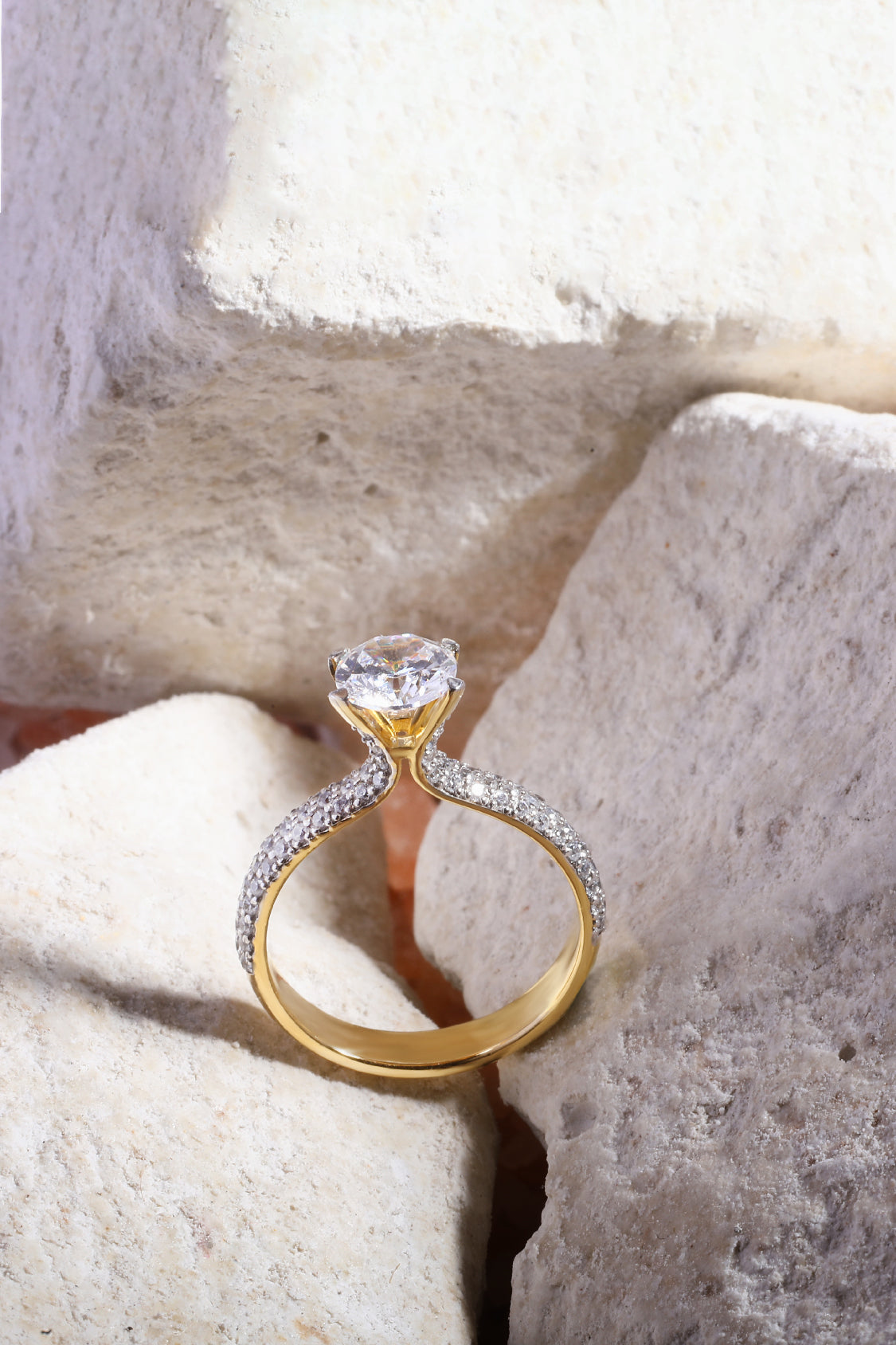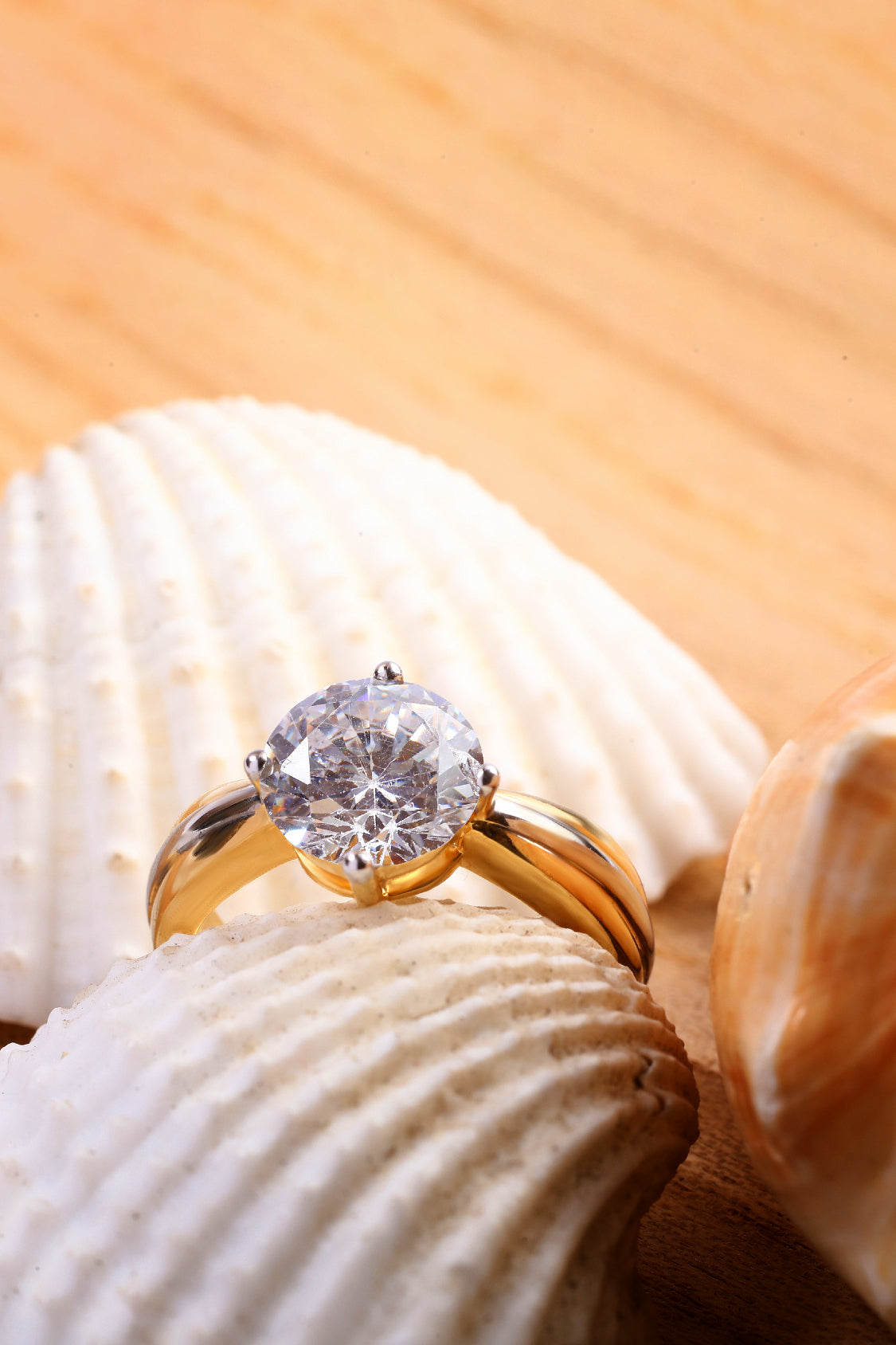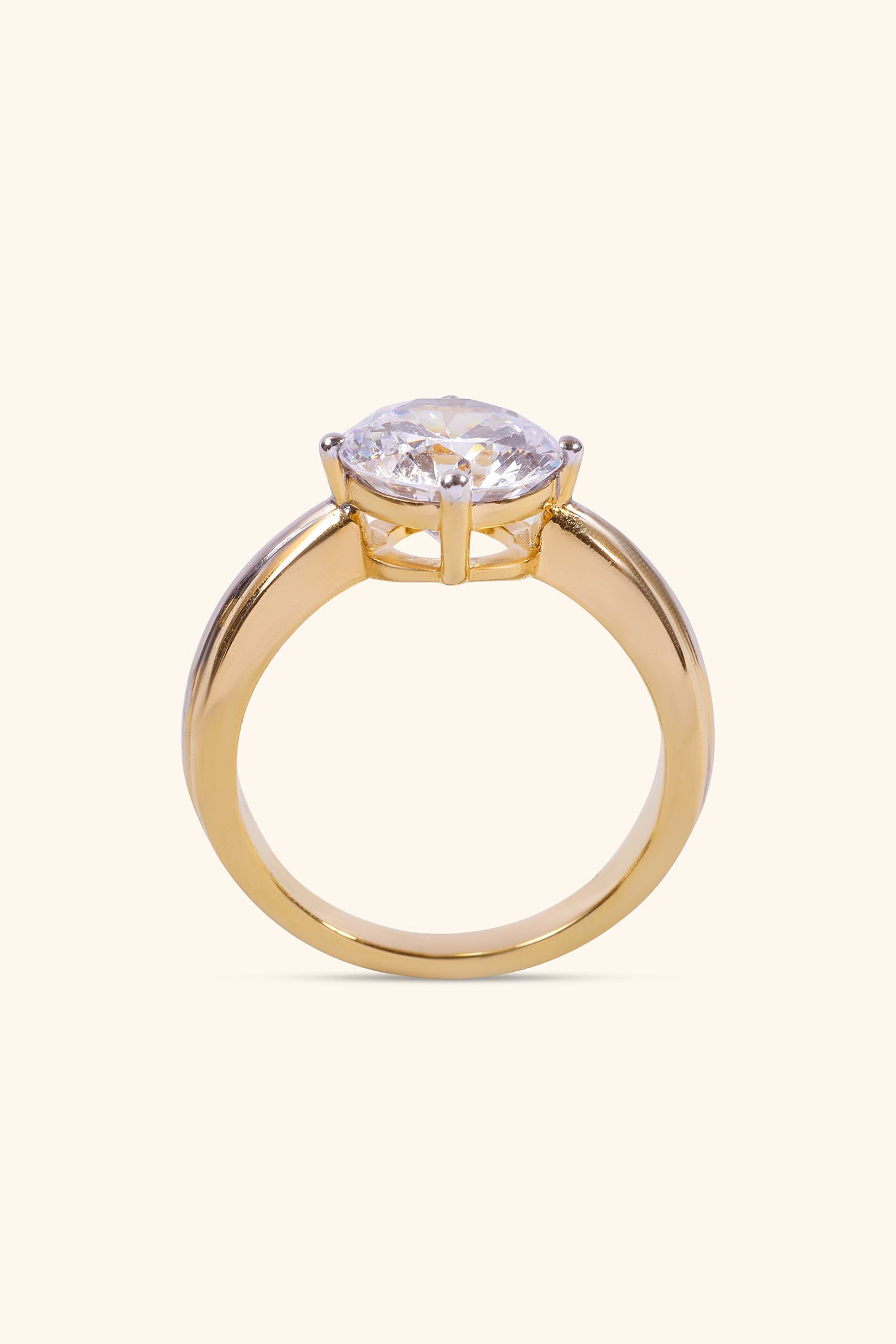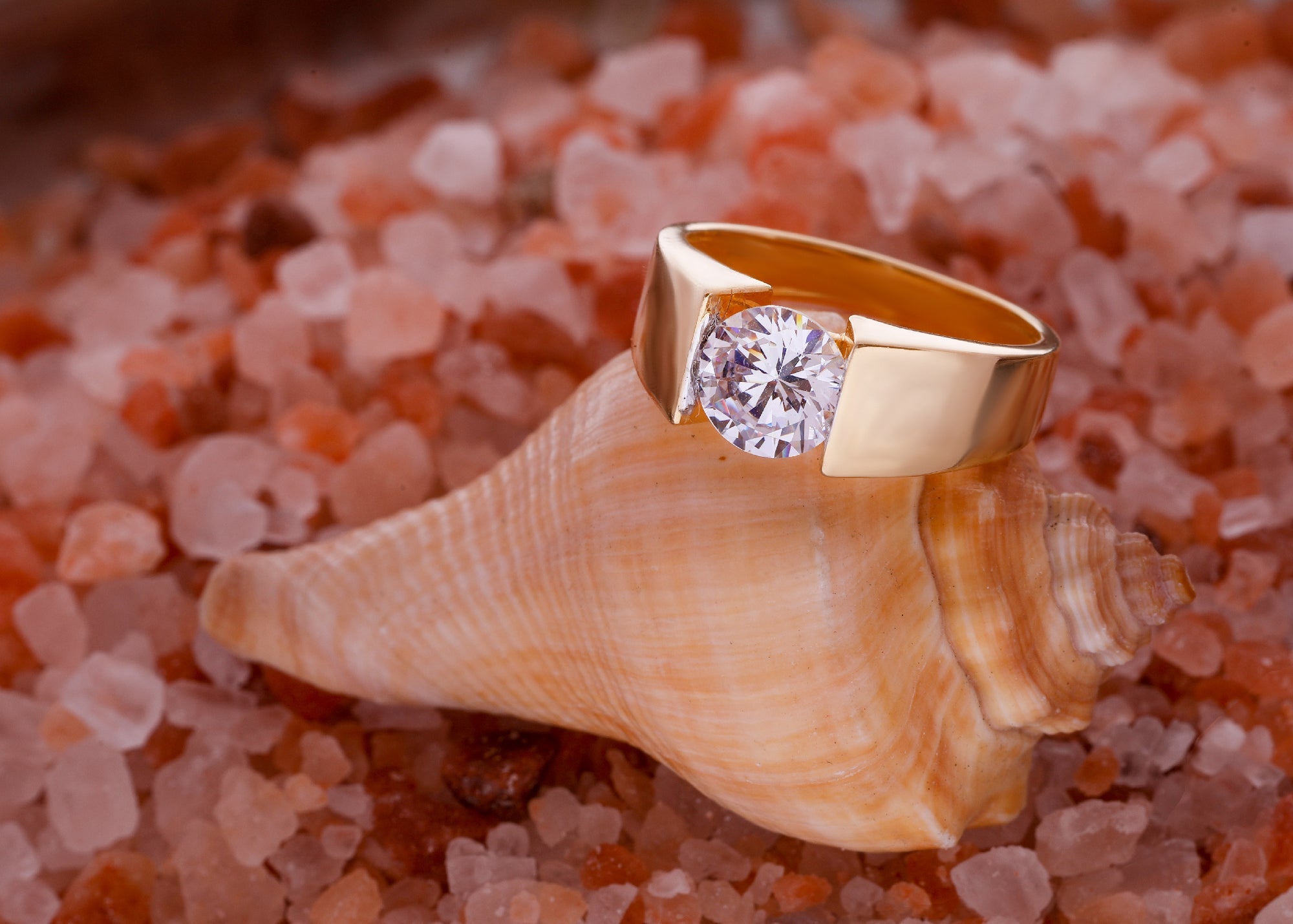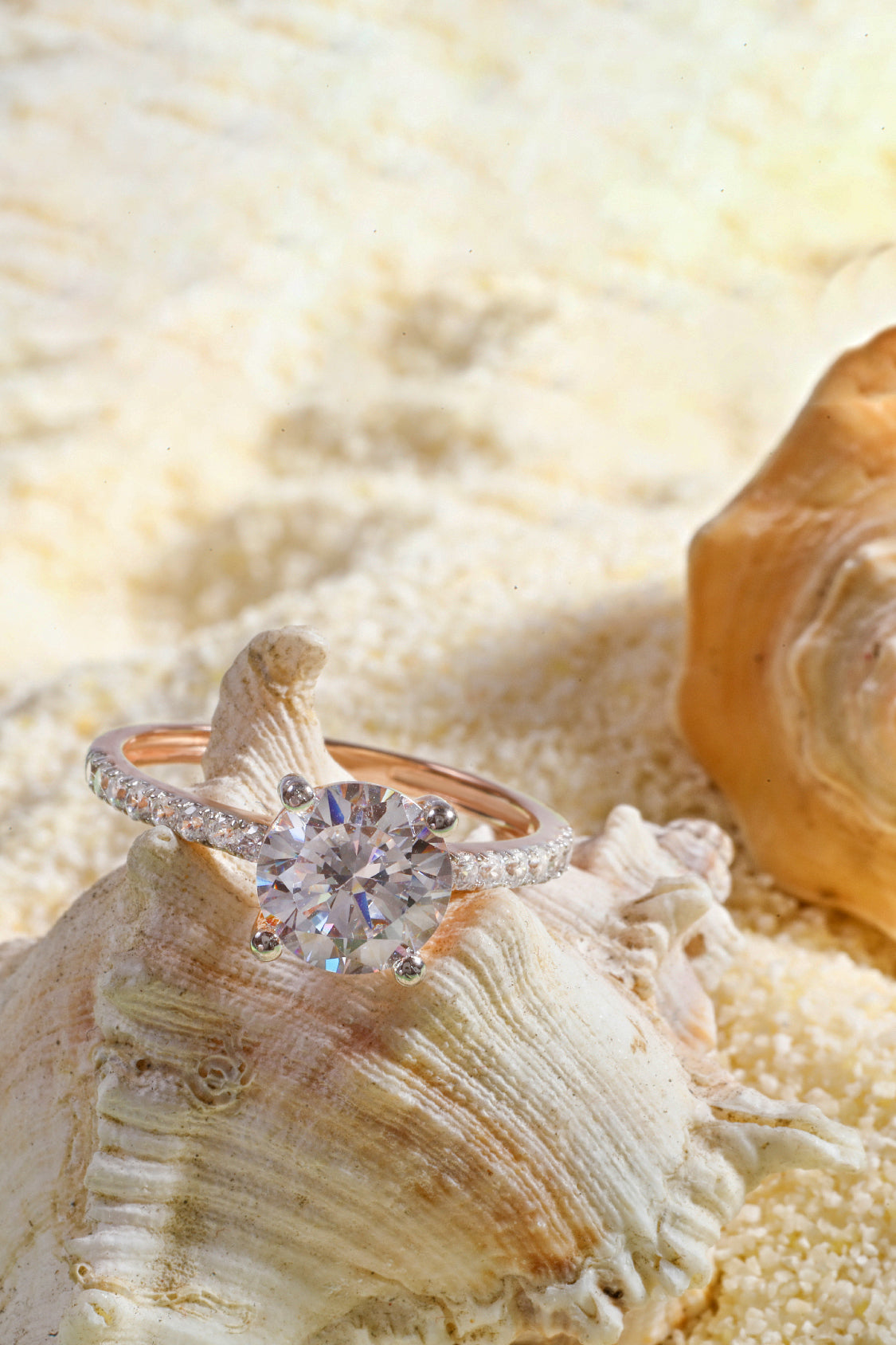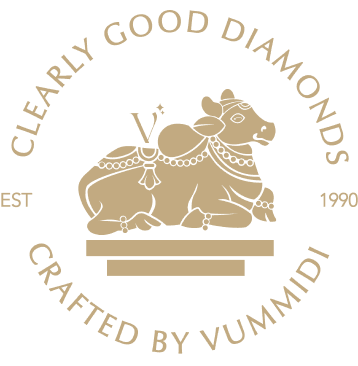
How to Identify Lab Grown Diamonds?
Diamonds have long captivated us, from the glittering spectacle of Elizabeth Taylor's Bulgari emeralds (which were actually diamonds!) in "Cleopatra" to the iconic Tiffany & Co. engagement rings. But with the emergence of lab-grown diamonds, the question of origin adds a new layer of intrigue.
Introduction to Identifying Lab Grown Diamonds
Context on Lab Grown vs. Natural Diamonds
Lab-grown diamonds are crafted in controlled environments using advanced technology, replicating natural diamond formation. Natural diamonds, in contrast, undergo natural geological processes over millions of years.
Overview of Common Questions and Misconceptions about Diamond Identification
Common queries surround distinguishing lab-grown from natural diamonds, including visual cues, durability, and authenticity. Let's explore methods, like the innovative lab-grown diamond detector, to ensure accurate identification and informed purchases.
Understanding the Basics of Lab Grown Diamonds
Chemical Makeup and Appearance
Lab-grown diamonds replicate natural diamonds' chemical composition and appearance, resulting in striking visual similarities. These diamonds possess nearly identical physical and optical properties, including hardness, brilliance, and fire, making them an attractive alternative to mined diamonds for buyers seeking quality and aesthetics.
Color and Clarity Grades
Lab-grown diamonds are meticulously graded for color and clarity using industry-standard criteria such as the Gemological Institute of America's (GIA) 4Cs: color, clarity, cut, and carat weight. This thorough evaluation ensures that buyers can make informed decisions about the quality and value of lab-grown diamonds.

Testing Techniques for Lab Grown Diamonds
Importance of Understanding Different Diamond Testing Methods
Knowing diverse diamond testing methods, such as the lab grown diamond detector, is pivotal for buyers. These methods ensure accurate identification, guaranteeing authenticity and value in diamond purchases.
Description of Thermal Conductivity Tests
Thermal conductivity tests measure how efficiently diamonds conduct heat. Lab-grown diamonds, due to their manufacturing process, exhibit distinct thermal conductivity patterns compared to natural diamonds, aiding in their precise identification using specialized tools like the lab-grown diamond detector.
Description of Electrical Conductivity Tests
Electrical conductivity tests evaluate how diamonds conduct electricity. Lab-grown diamonds typically display different electrical conductivity levels than natural diamonds, allowing gemologists to differentiate between the two with precision using advanced testing equipment such as the lab-grown diamond detector.
Specialized Testing for Differentiating Lab Grown Diamonds
Introduction to Specialized Testing for Lab vs. Mined Diamonds
Understanding specialized testing methods is essential for distinguishing lab-grown from mined diamonds accurately. This knowledge ensures buyers acquire genuine diamonds and helps gemologists maintain integrity in the diamond industry.
Role of the Gemological Institute of America’s (GIA) DiamondView Tool
The GIA's DiamondView tool plays a crucial role in diamond identification by analyzing a diamond's fluorescence patterns. This tool aids in differentiating lab-grown diamonds from natural ones based on their unique fluorescence characteristics.
How UV Lighting Reveals Differences between Lab and Natural Diamonds
UV lighting is a valuable tool for gemologists to detect differences between lab-grown and natural diamonds. Lab-grown diamonds may exhibit different fluorescence reactions under UV light compared to natural diamonds, providing another method for accurate identification and certification.
Frequently Asked Questions About Lab Grown Diamonds
Do Lab Grown Diamonds Pass the Diamond Tester?
Lab-grown diamonds typically pass standard diamond testers because they share similar physical and chemical properties with natural diamonds. However, specialized equipment like the lab-grown diamond detector may be needed for precise identification.
Clarification on Realness, Value, and Identification of Lab Grown Diamonds
Lab-grown diamonds are real diamonds with identical properties to natural ones. They hold significant value, especially for ethical and sustainable jewelry choices. Proper identification ensures buyers get authentic lab-grown diamonds and understand their value accurately.
Insight on Appraisal Necessity and Resale Concerns for Lab Grown Diamonds
Appraisals are essential for lab-grown diamonds to determine their quality, characteristics, and value accurately. Resale concerns are minimal as long as proper documentation and certification accompany the diamond, ensuring transparency and confidence in the resale market.
Insuring Lab Grown Diamonds
Encouragement to Insure Lab Grown Diamonds
Safeguard your lab-grown diamonds with insurance, especially with the increasing popularity of lab-grown diamond detectors. This ensures financial protection and peace of mind. Explore Varniya's collection for exquisite lab-grown diamond jewelry and secure your investment with confidence.
Introduction to Insurance Coverage Options for Lab Grown Diamonds
Various insurance providers offer coverage options specifically tailored for lab-grown diamonds, including protection against lab-grown diamond detector failures. These options may include coverage for loss, theft, damage, or even upgrades. Exploring insurance options ensures comprehensive protection for your valuable lab-grown diamond jewelry.


